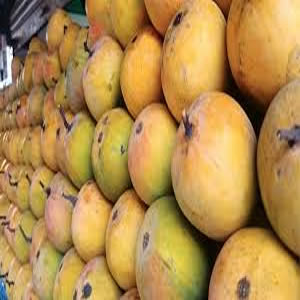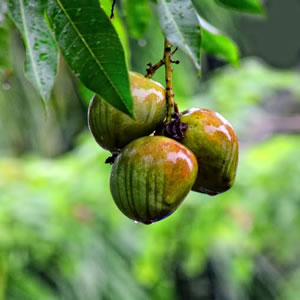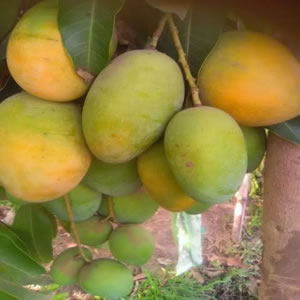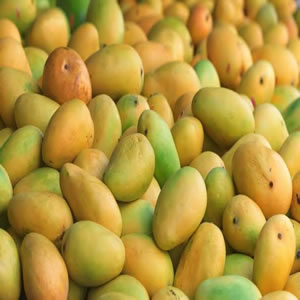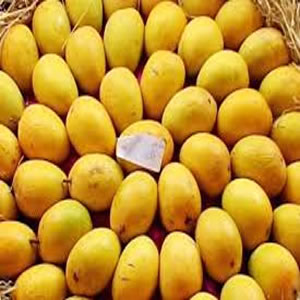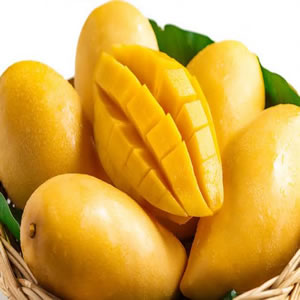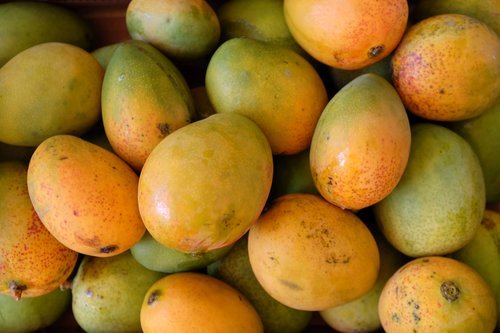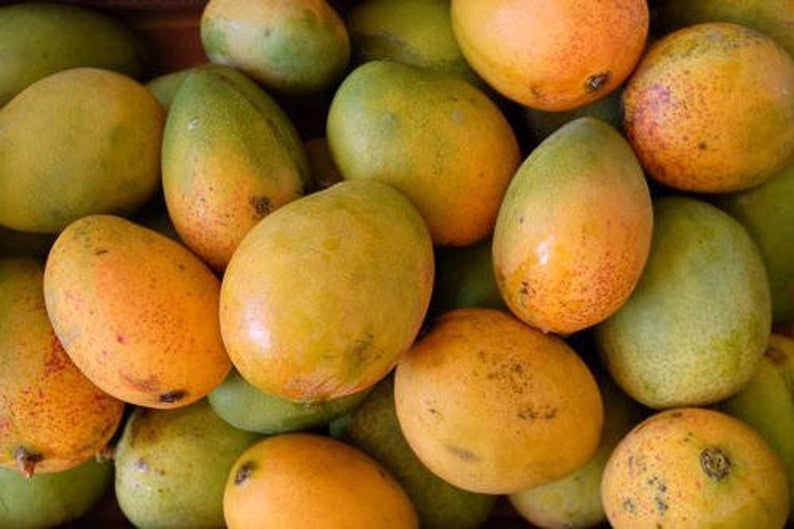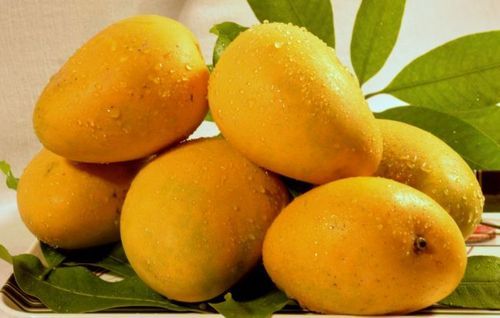Mango
- When someone gives you lemons throw it back and say "I said I wanted MANGO" ”have you heard this phrase? Its true, when it comes to mangoes; it becomes difficult to hold on our cravings for it.
- There is an amazing journey behind the name of this fruit; the word “Mango” for the fruit came after various transpositions. As it was originated in India-Burma border where Sanskrit language was predominant at that time, its first name was “Aamra-Phalam.” Synonym of Phal in Tamil is Kaay, so Tamils called it by the name “Aam-Kaay” which gradually became “Maamkaay” due to differences in pronunciation.
- Malayalam people from India changed it further to “maanga.” When Portuguese people came across this fruit, they told about it to Britishers who again due to pronunciation differences changed it to Mango. And now it is called “Mango” worldwide. Isn’t this amazing!!
- One more interesting fact is Mango belongs to the cashew family! A cup of mango provides 100% of daily requirement of vitamin C, 35% of daily requirement of vitamin A, and 12 % of daily fibre and one more important thing only 100 calories. Due to its high nutrient content mango heart diseases, carcinogenic diseases and also because of its high calcium content it also helps in strengthening bones.
- Not only the fruit but also the leaves of mango tree are used for religious purpose. Mangoes were grown 5000 years ago in India. There are more than 400 varieties available today. Mango is used for making peda, laddu, shrikhand, and most commonly in jam, spreads, juices, ice creams, candies, jellies, etc.
- MAPRO products rich in mango pulp are: Falero, Mango Crush, Mango Squash, Frubbles, Mango Jam, and Mango Preserve.
